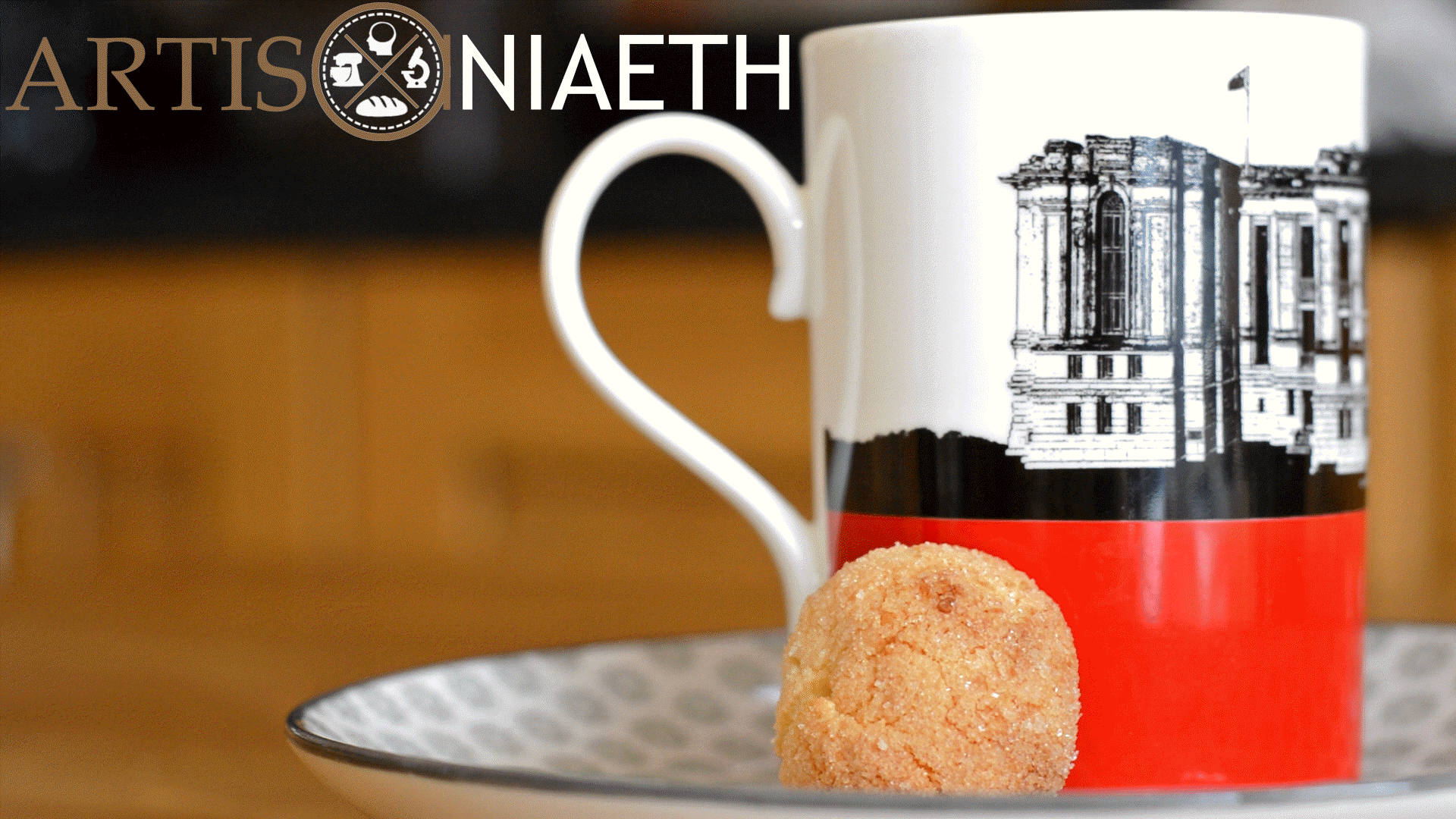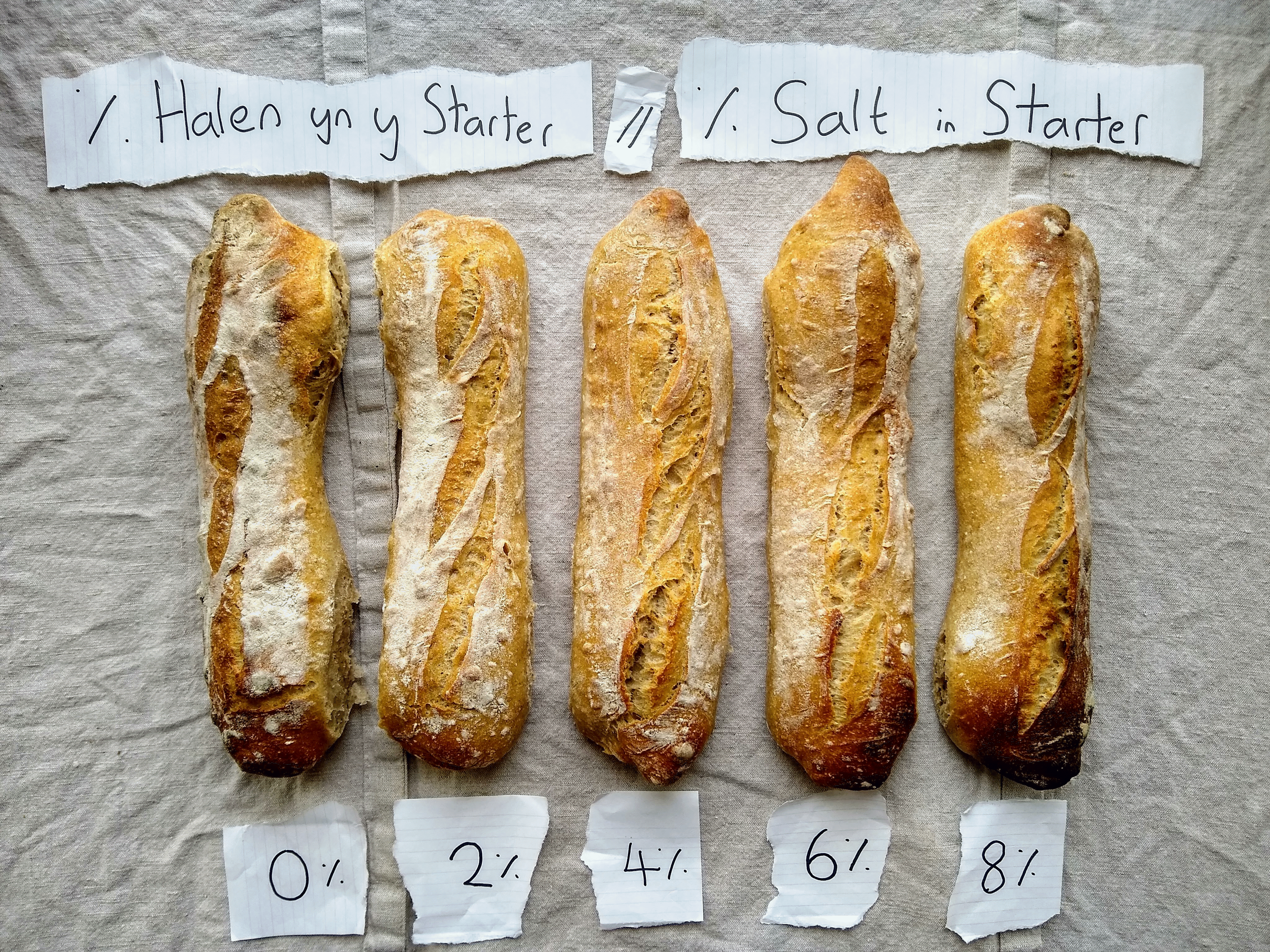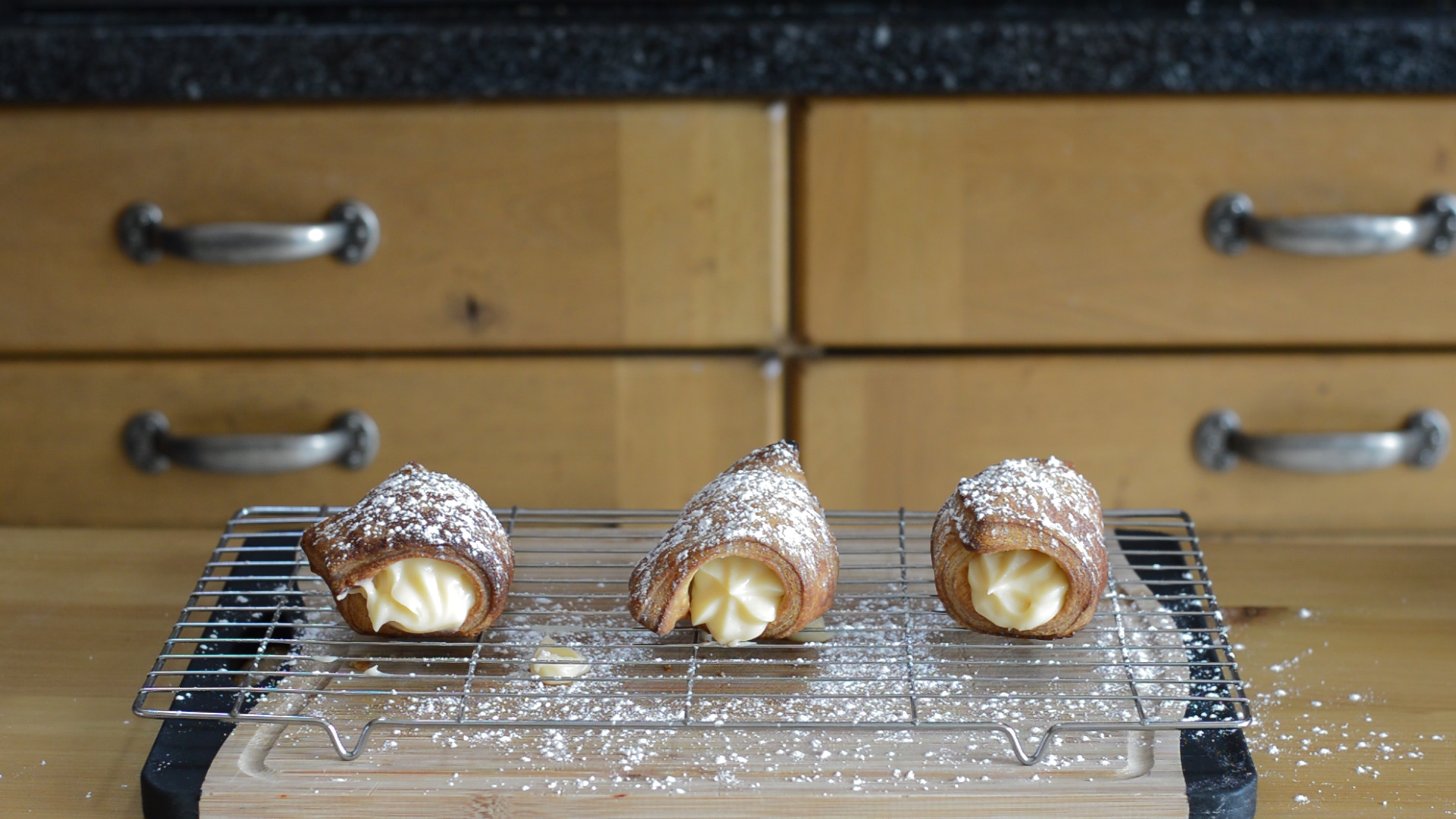Fianlly, the moment has come. I’ve mastered Amaretti, the ultimate coffee biscuit.
But it didn’t come easy.
From sugar choice to your perfect ‘almond’, this is the definitive, final chapter on how to make, and understand, perfect amaretti.
Experiment 1: Comparing bases
What makes a biscuit base?
When it comes to choosing a base for a biscuit, three things need considering.
Flavour.
Hydration.
Grain size.
Testing the Foundations
The five ingredients chosen were:
- Almond- The original base for amaretti.
- Desiccated Coconut – Similar to amaretti and a base for a similar biscuit, the macaroon.
- Flour- The base that cannot be avoided. The yardstick by which we measure all baked goods.
- Coco Powder – Another popular ingredient rich in fat. An unlikely substitute for almond biscuits.
- Brioche Breadcrumbs – Low in water, high in fat and much closer to an almond than you’d think. The dark horse of the competition.
To these five ingredient, would then add whipped granulated sugar and eggs to get a paste of our base ingredient, sugar and egg in the ratio:
5 : 5 : 2
base : sugar : egg
The steps were as follows.
Eggs and sugar whipped to ribbon stage (until mix was thickened and lighter) ( ~ 2 mins )
- 2 eggs (totaling 100g)
- 250g white granulated sugar
Measured equal weights of my five ingredients into separate bowls
- 50g flour
- 50g ground almond
- 50g desiccated coconut
- 50g breadcrumbs
- 50g coco powder
Added whipped egg and sugar mix to dry ingredient bowls and folded into a paste
- 5x60g whipped egg and sugar
Spooned paste into 25g balls, rolling them in sugar to handle and shape before placing on baking tin lined with baking paper.
Baked biscuit at 180°C ( 15 mins )
*Note: When mixing the dry with the wet ingredients, I aimed for a texture as similar to the almond paste as I could get (since it is the original amaretti after all). This meant adding about 25g of water to the coco paste to thin it out, and added 10g of water and 25g of golden syrup to the breadcrumb base so that it held together for shaping.
Initial Results
Below is my initial impressions of each biscuit, along with any notable characteristics and whether I’ll be continuing to the next stage of experimenting with that particular base.
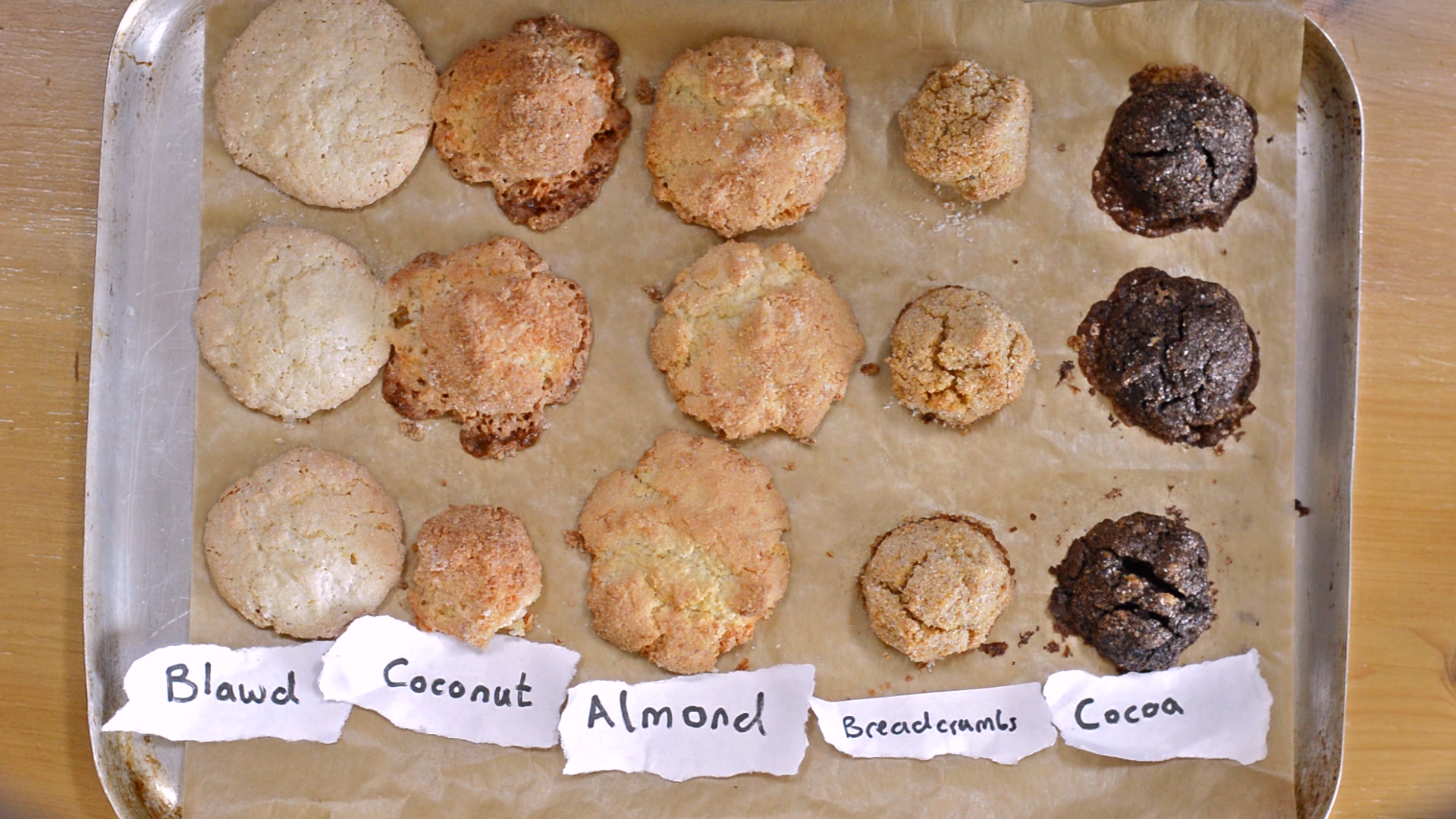
Cocoa
Good cracking on the outside. Interior very tight and dense.
Very similar to a brownie, this coco powder ‘amaretti’ was dense, with a cracked, shiny exterior. But without fat, or additional eggs to thin the batter, the biscuits were way too dense, in texture and flavour. The center was either overcooked and dry, or still under-cooked and bitter.
Verdict: No, better to adapt a brownie or gluten free cake recipe for biscuits than to try and make these edible.
Breadcrumbs
Good crackling, soft interior.
Very cake-like, the additional water used to bind the crumbs seemed to have been entirely absorbed during baking, producing an over-sweet, toffee shell with a soft spongy center. Having said this, breadcrumb biscuits were surprisingly successful. They held their shape better than any of the others, and the bread accepted the sweet flavouring without any lingering savory notes.
Verdict: No, but has potential. Need a better binding agent than sugar alone which led to these becoming overly sweet.
Almond
Exterior cracking could be better, good balanced interior that’s of soft and chewy.
With a brittle shell that yields to a soft, yet chewy center offering creamy, nutty notes from the fat of the almonds.
Verdict: Qualified. Try again in the next trial to with less moisture and different sugars to perfect the shape and sturcture.
Desiccated Coconut
Good exterior cracking, similar interior to almond, but exaggerated by larger grain size.
An overall success, however the large grain size lead to weeping during the bake. The flavour profile was very satisfying, more complex than the almond due to the coconut’s fat content and inherent sweetness. The interior texture was similar to the almond amaretti, but more so, chewier and more tender still (to the point where it was almost too much work chewing).
Verdict: Qualified. Good flavour and texture but need a finer grind of coconut in order to compete with the almond, though I prefer the flavour.
Flour
Most underwhelming exterior. Interior and exterior very similar.
The worst of the bunch. The contrast between exterior and interior were underwhelming, with an interior too tight and an exterior too tender. Perhaps it could be saved by making a dryer paste and using a different sugar. The flavour was also underwhelming, but this blandness could be an advantage for the purpous of flavourings.
Verdict: No, too uniform and tight with nothing but sweetness for flavour.
Experiment 2: Sugar
With my preferred bases set, it was time to have a play with the sugar, and to do some further fine tuning.
First, the dry ingredients. It was clear that a grainy, insoluble base was the way to go, ground fine enough that the overall surface area is large enough to hold water and prevent weeping.
This immediately disqualified the flour and coco powder. Both substances have enormous reactive surface areas, leading to too much water absorption and a dry, dense biscuit. It also disqualifies the breadcrumb mix unfortunately, as it also absorbed water too readily, despite it’s larger grain size.
This leaves coconut and almond. Two nuts which are by their nature water resistant, fatty and delicately sweet.
Perfect.
Time for coconut Vs almond.
Adapting the victors
Having emerged victorious, nuts seemed to have won the day, but there’s still some tweaking to do. One problem that needs sorting is the spreading and weeping issues. The almond biscuits, despite their superiority, still spread too much during baking. This suggest that the ingredient ratio used was too wet, too heavy on the egg. This theory is only confirmed when looking at the weeping issues had by the coconut, unable to retain the excess water.
I therefore made three major structural adjustments.
One was to grind up the coconut with a hand blender until it became more ground than desiccated. Increasing the coconut’s surface should help it retain more water (more room for Hydrogen bonding) as well as bringing it’s texture more in line with that of the ground almond.
The second adjustment was to increase the ratio of dry base to egg and sugar by about 10%. This would simply make the paste a bit dryer which would solve the weeping issues.
Lastly, I also reduced the biscuits in size, from 25g to 15g. This was intended as a way to promote cracking and reduce spreading, an issue with the original almond amaretti. The hope was that a smaller biscuit would bake quicker, leading to a quicker set shell (stopping spreading) and a more rapid expansion of the shell (more cracking).
Speaking of the exterior cracking, I also opted to add a pinch of bicarbonate of soda to the second batch to guarantee rapid expansion. For flavour, I also added a bit of vanilla extract and salt.
So in summary, the changes made both mixtures were:
- Coconut ground finer to match the ground almond’s texture
- Reducing the biscuits by 10g, from 25g to 15g.
- Adding a pinch of sodium bicarbonate to promote cracking.
- Adding salt and vanilla extract for flavour.
Experiment 2: Comparing Sugars
Having decided what constant’s I’d adjust for this experiments, I was ready to look at the affect sugar type has on the biscuits.
This time round, the experiment was relatively simple. One batch of amaretti was mixed using white granulated sugar, and another using an equal weight of soft brown sugar. This was done for both an almond and a coconut batch, leading to four trials in total. The sugar would again be whipped with the eggs to the ribbon stage, before being added to either almond or coconut in the ratio
6 : 5 : 1
nut : sugar : egg
The pastes would then rolled in white granulated sugar, formed into 15g balls and bakeed at 160°C, this time for 12 minutes to account for their smaller size.
Result
Below are the results of the sugar experiment
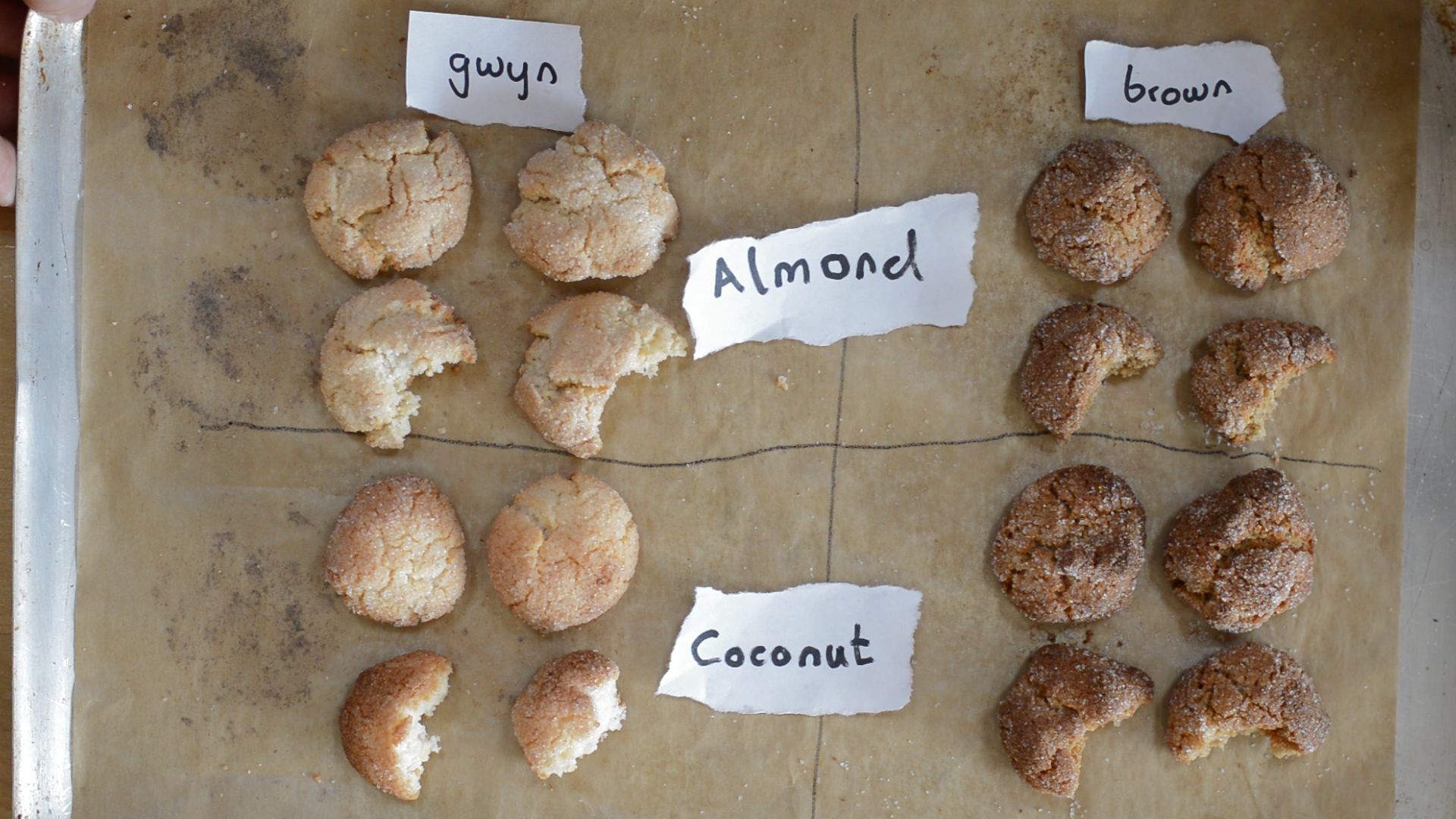
Close enough to perfect I’d say!
Every batch came that came out was exactly what I wanted, a brittle, craggy exterior with a tended, slightly chewy center. The only difference between almond and coconut was taste, which confirms that it’s the texture of your base that’s most impactful on the final amaretti structure.
In terms of the sugar’s impact on structure, the brown sugar batches help their shape slightly better than the white sugar batches. Most likely due to brown sugar’s more hygroscopic nature allowing it to more effectively retain moisture during baking. In terms of texture as well, the brown sugar amaretti had more of a chew to them, likely due to a higher water concentration. However I did enjoy the more tender texture of the white sugar batches, the downside being it’s rather flat flavour.
In future then, I’ll be combining sugars 50/50, getting the flavour of the brown sugar, with the tenderness of the white.
Long story short then, here;s the final recipe, for perfect amaretti.
The perfect amaretti recipe
The previous experiment gave us the ideal amaretti ratio of:
6 : 5 : 1
nut : sugar : egg
where each ingredient’s measure in grams. The following recipe is therefore based on using one 50g egg
Whiks the egg with both brown and white sugars until the mixture thickens and becomes lighter ( 5 mins )
- 1 egg
- 125g white granulated sugar
- 125g soft brown sugar
Mix ground nut of choice into the whipped egg mixture.
Yoc can use any nut you’d like to experiment with here, as long as it’s ground fine enough. Almond of course is the traditional one, but fine coconit works just as well and I’m sure other nuts would do the job swimmingly.
- 300g almond, coconut or other ground nuts
Roll spoonfuls of the paste in some granulated sugar and place them on a baking tray lined with paper.
My final amaretti were about 15, giving just the right balance of size and structure.
More to Read
If you’ve enjoyed this article in all it’s detail, maybe you’d enjoy similar accounts of the complete failures that got me to this point? There’s a whole host of failed coffee biscuit experiments to watch and read, from awful Lotus biscuit imitations, to my first attempt at analysing an amaretti.

